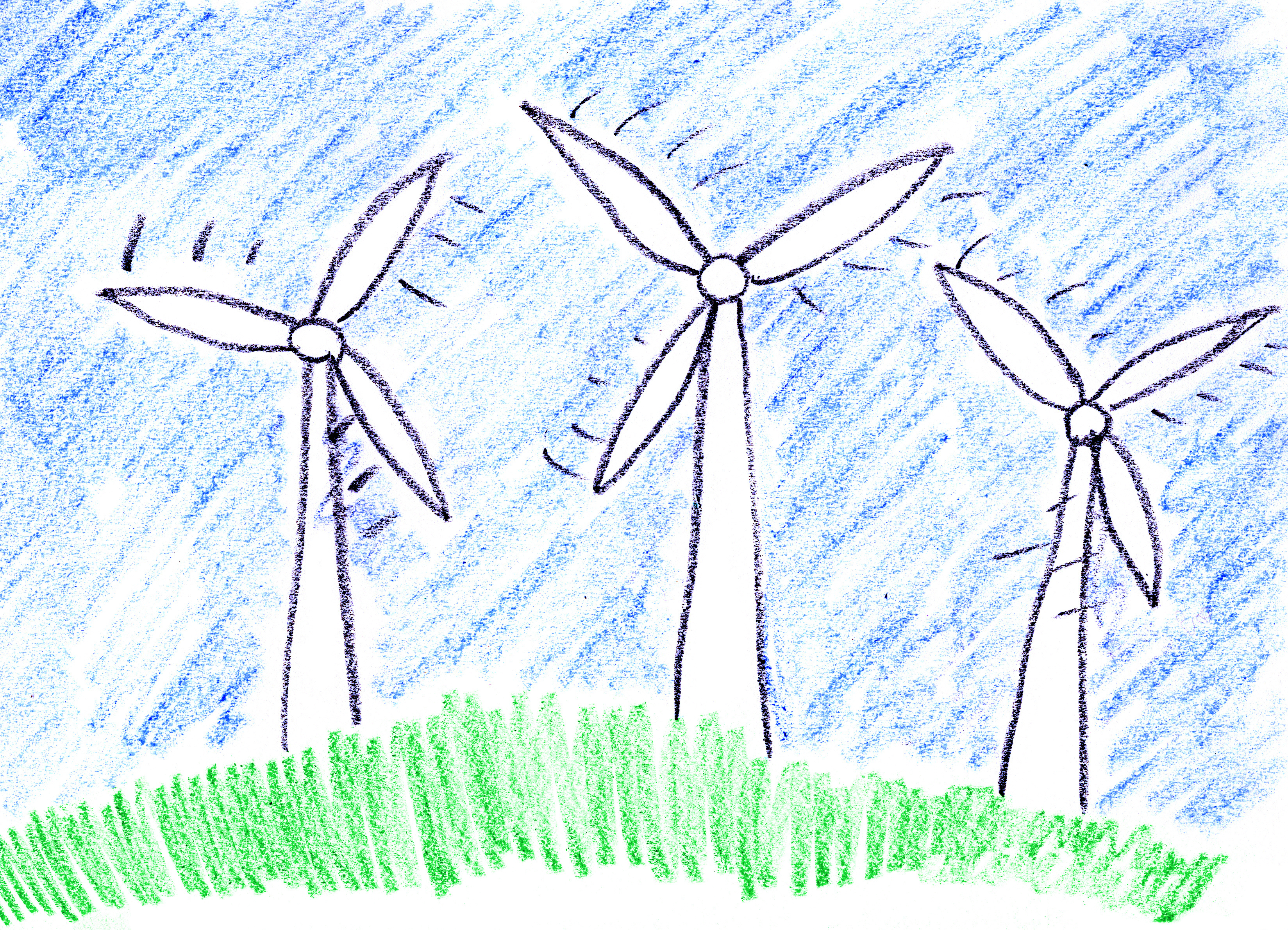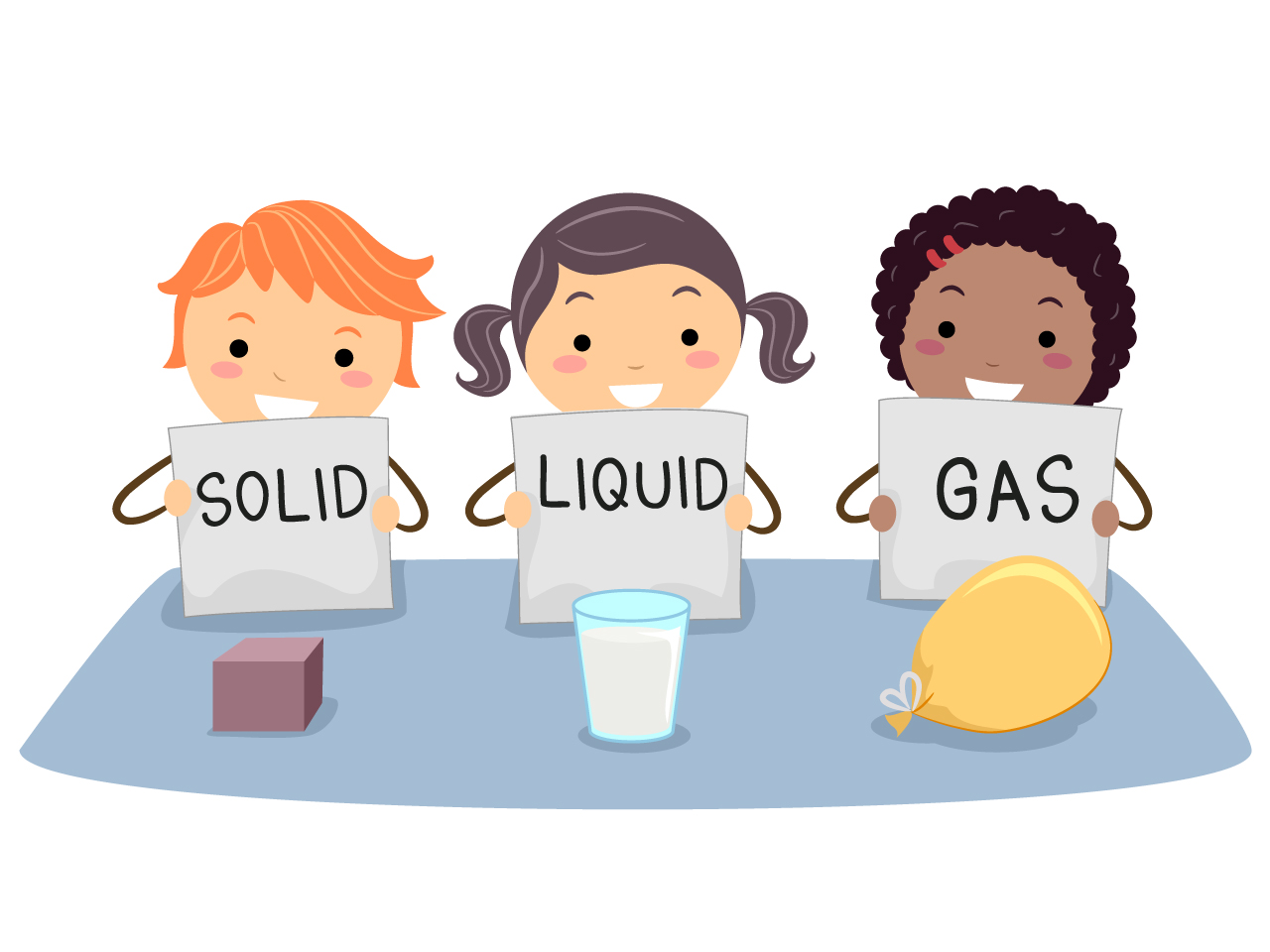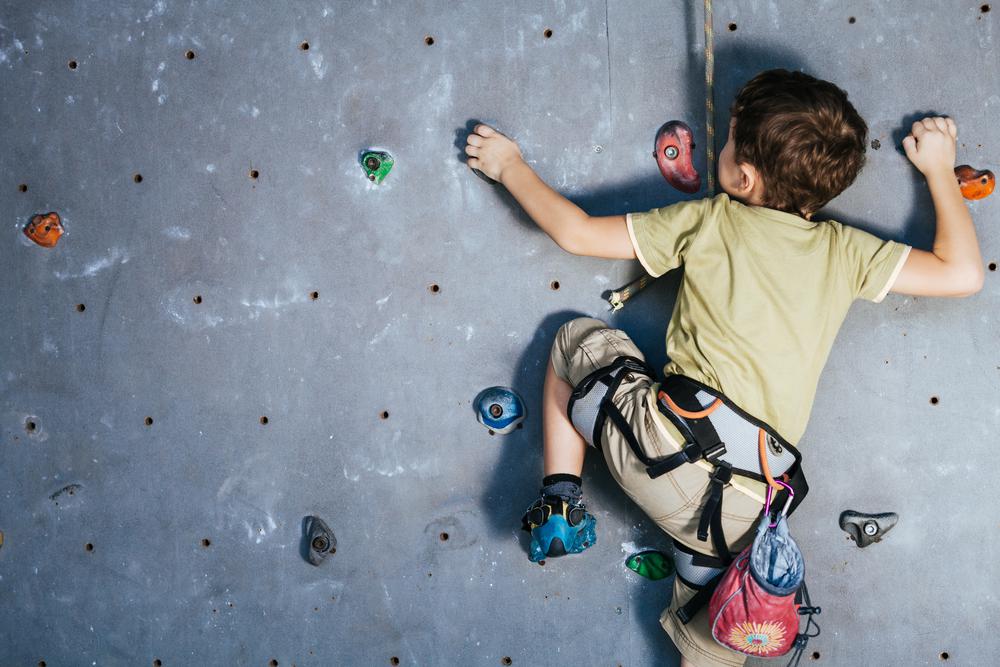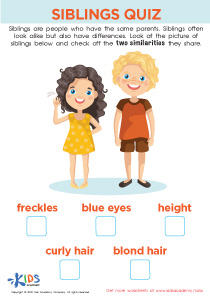Understanding forces Physical Science Worksheets for Ages 5-9
6 filtered results
-
From - To
Discover our "Understanding Forces" physical science worksheets, perfect for children ages 5-9. These engaging resources are designed to introduce young learners to the fundamental concepts of forces including push, pull, and gravity. Through fun, interactive activities, kids will explore how forces affect movement and objects in their everyday environment. Each worksheet aims to develop essential skills in observation, prediction, and scientific reasoning. Our materials simplify complex ideas, making learning delightful and effective. Enhance your child's scientific knowledge and curiosity with our expertly crafted worksheets, tailored for early grade students' educational needs. Start exploring today!
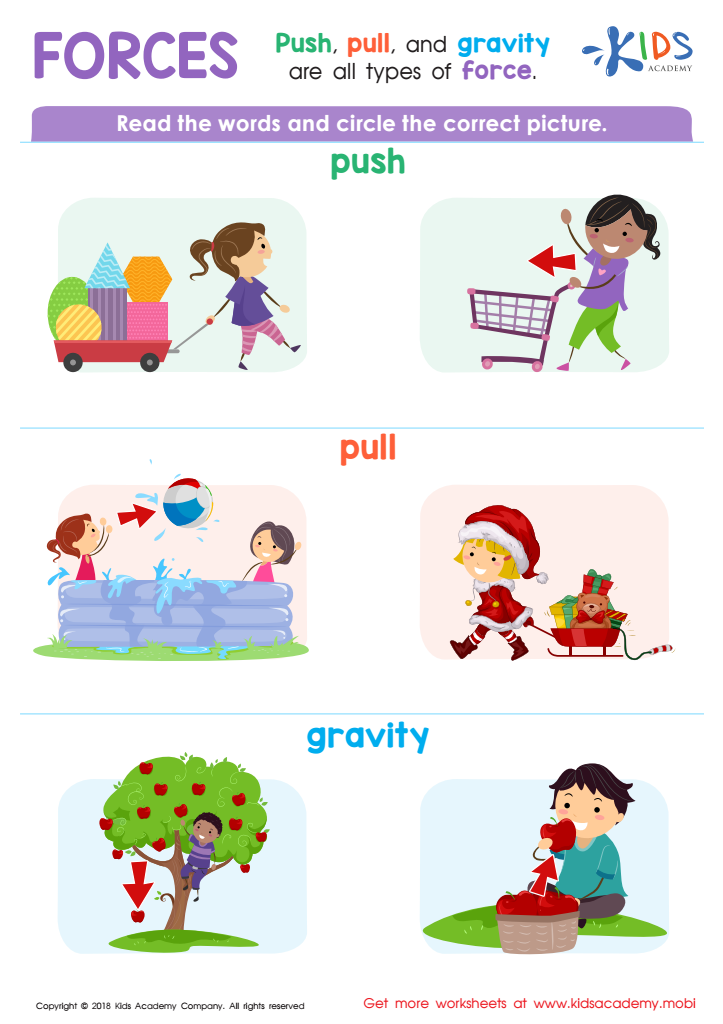

Forces Worksheet
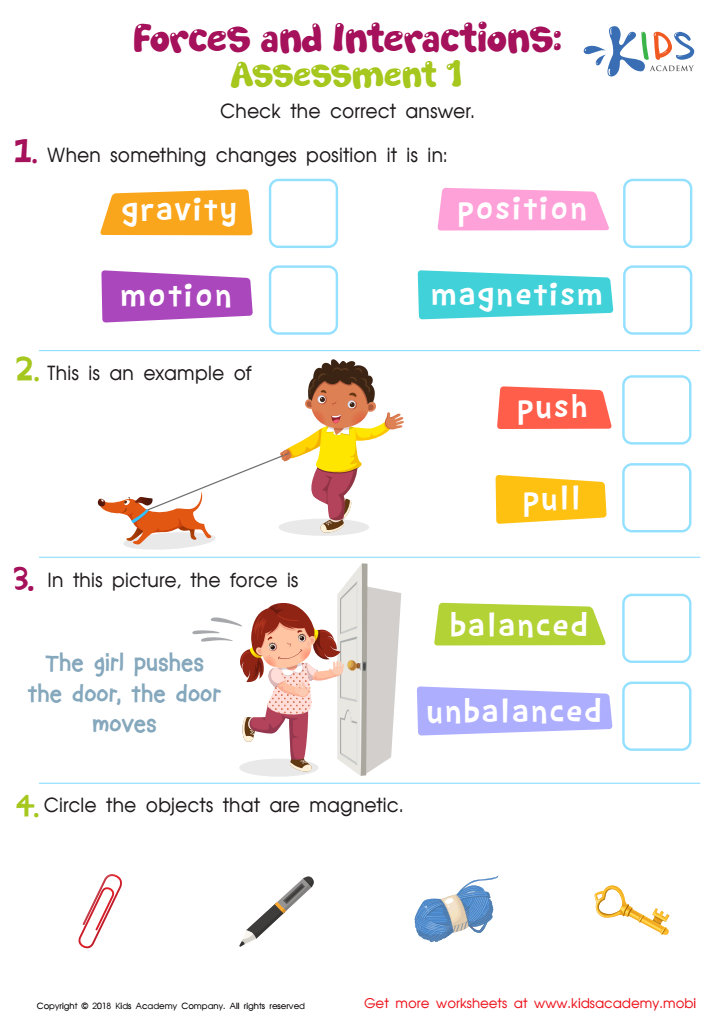

Forces and Interactions Printable
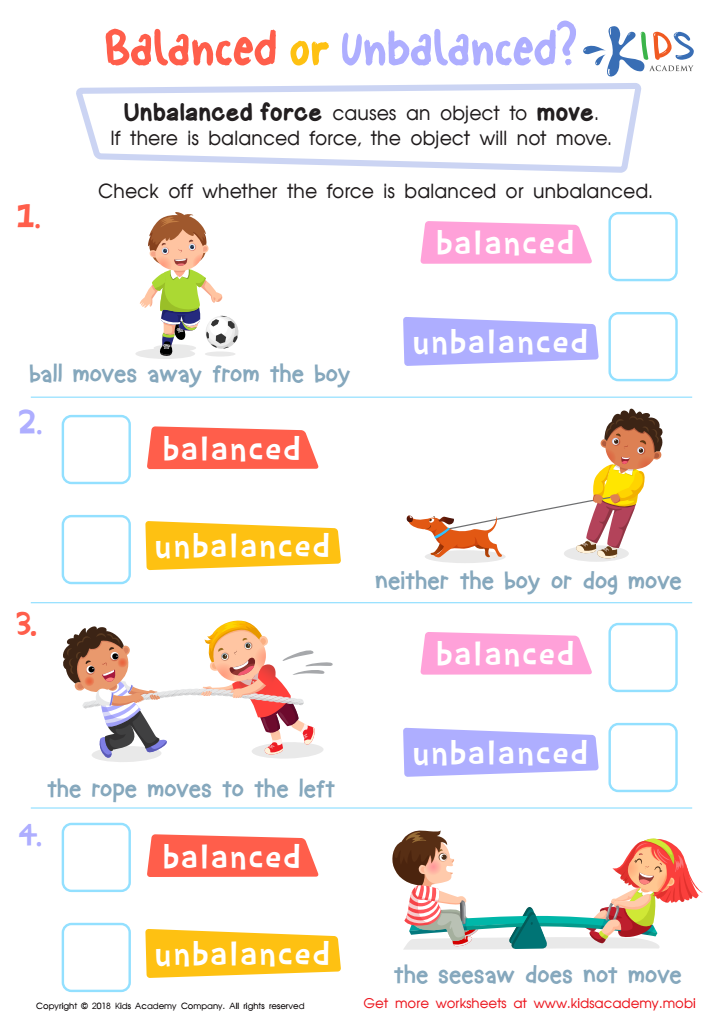

Balanced or Unbalanced Science Worksheet
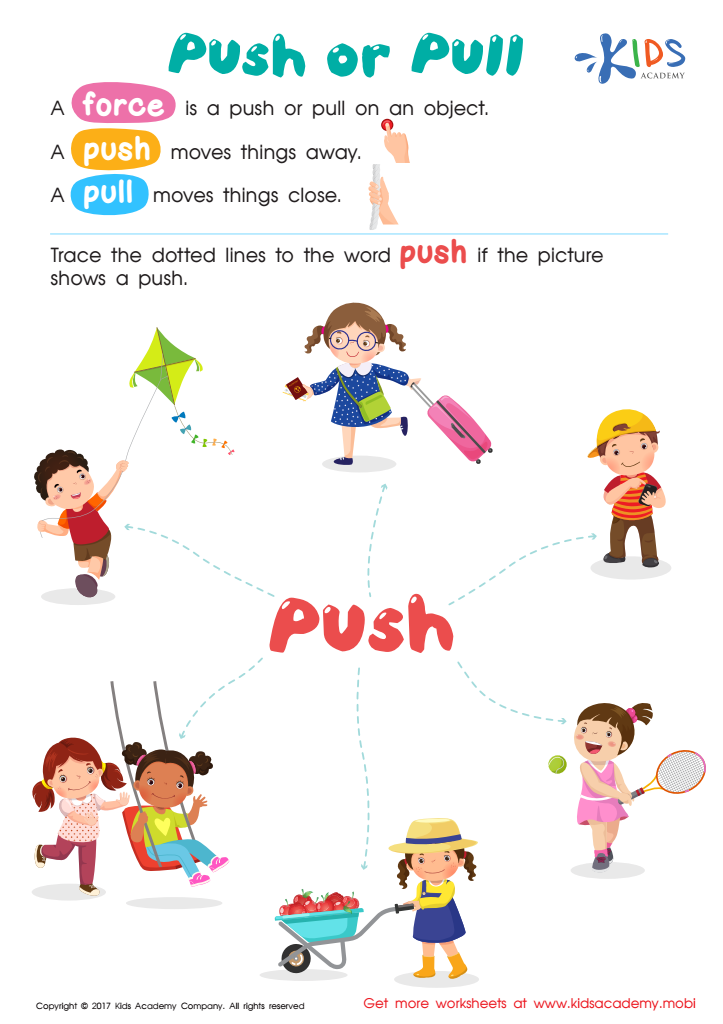

Push or Pull Worksheet
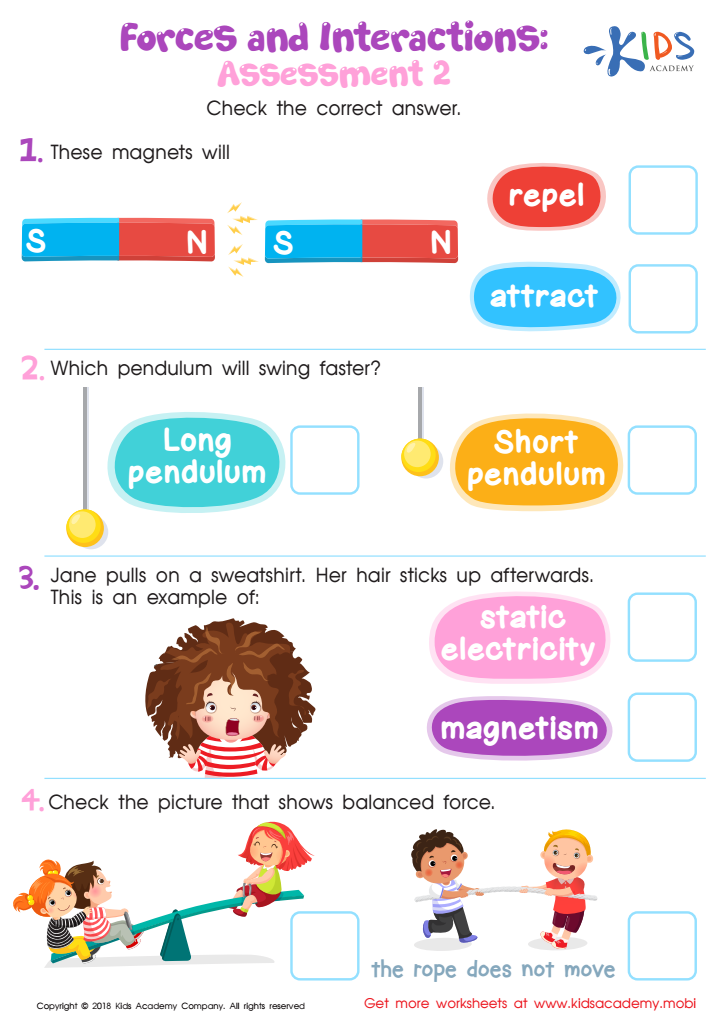

Forces and Interactions Worksheet For 3rd Grade
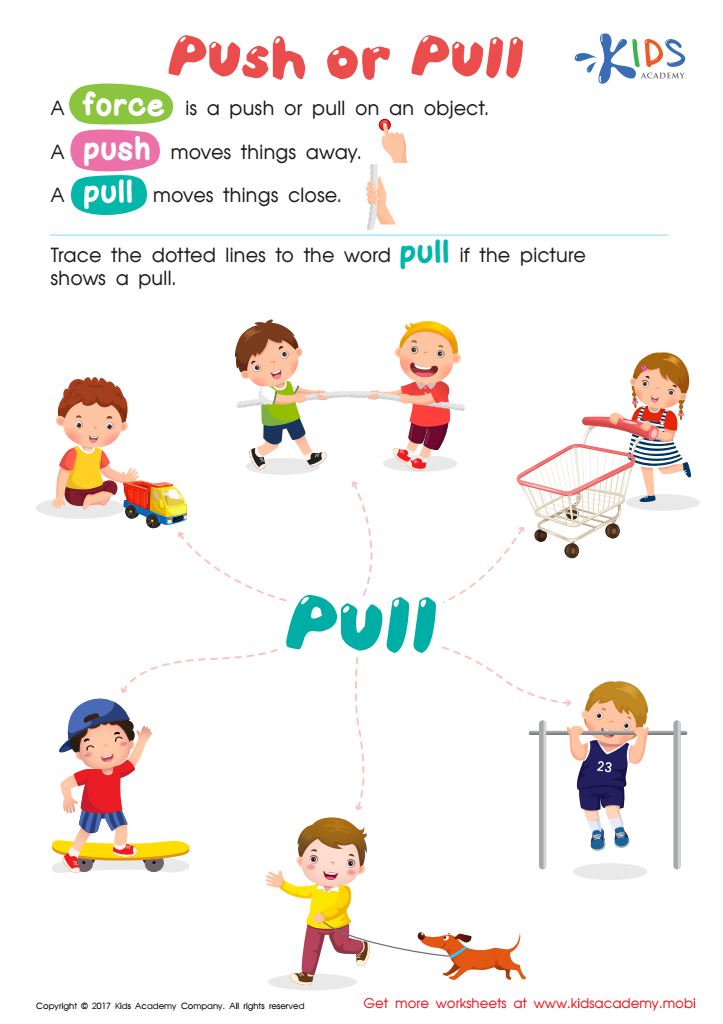

Pull or Push Worksheet
Understanding forces in physical science is essential for young children aged 5-9 as it lays the foundation for critical thinking and problem-solving skills. At this developmental stage, children are naturally curious and constantly asking “why” and “how” questions about the world around them. Introducing basic concepts of forces, such as pushes and pulls, enables them to make sense of everyday phenomena, from how their toys move to why they slow down.
Incorporating age-appropriate physical science topics can also enhance STEM education, fostering an early interest in science, technology, engineering, and mathematics. By observing and experimenting with forces, children develop observational skills, learn to hypothesize, and practice making predictions, which are key scientific methods.
From an educational perspective, learning about forces helps meet curricular objectives and standards in science education at primary grade levels. Engaging lessons on forces can be integrated across subjects, such as incorporating storybooks that explain physical concepts or using hands-on activities during playtime, like building simple structures or conducting basic experiments with magnets and balls.
Moreover, understanding forces can promote physical development through activities that require movement. Teachers and parents, by emphasizing the understanding of forces, can create interactive and holistic learning environments, cultivating both mental and physical growth. By nurturing children’s natural curiosity about forces, we empower them to explore, question, and build a solid foundation for future scientific learning.
 Assign to My Students
Assign to My Students



